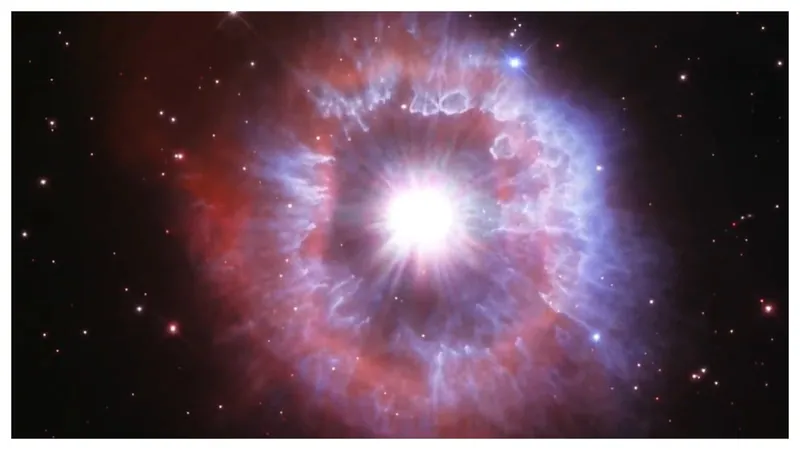
Cracking the Code: Detecting Life Beyond Earth Through Isotope Signatures
2025-06-04
Author: Mei
Unlocking the Secrets of Exoplanet Atmospheres
Astrobiologists and astronomers are on a thrilling hunt for biosignatures in the atmospheres of distant exoplanets, marking a pivotal goal in the search for extraterrestrial life.
The Vital Signs of Life: Key Gas Combinations
To identify potential life, researchers focus on observing gas combinations that are rare or unlikely to occur together, as well as gases known to be associated with biological processes. For instance, Earth's atmosphere features a striking mix of methane (CH4) and ozone (O3), while dimethyl sulfide (DMS) also signals biological activity.
The Isotope Advantage: Diving Deeper into Atmospheric Elements
To enhance the chances of pinpointing life signs, incorporating isotope ratios of essential atmospheric gases is crucial. Carbon isotope ratios in carbon dioxide (CO2) and methane (CH4) are particularly telling. On our planet, volcanic and thermogenic actions create a distinctive difference in the ratio of carbon-13 (δ13C) between CH4 and CO2, typically around -25‰. This difference may have shifted dramatically, potentially dropping to -95‰, following the emergence of certain methane-producing organisms.
Nitrogen's Subtle Messages: A Closer Look at Isotopes
Unlike carbon, nitrogen fixation processes yield a lesser difference in the nitrogen-15 (δ15N) isotope ratios between nitrogen gas (N2) and ammonia (NH3). This means biosignatures from primordial Earth and rocky exoplanets are likely entangled with more potent photochemical signals. For instance, an extreme enrichment of δ15N found in hydrogen cyanide (HCN) could indicate photochemical processes rather than biological ones.
Revolutionizing Detection: The Need for Advanced Instruments
Photolysis—particularly the spin-forbidden breakdown of CO2—can lead to the formation of carbon monoxide (CO) with δ13C values plummeting below -200‰, a phenomenon noted in the upper atmosphere of Venus. Furthermore, self-shielding effects in sulfur dioxide (SO2) could lead to detectable enrichments of sulfur isotopes in certain exoplanet atmospheres, like that of WASP-39b. To achieve precise isotope ratio measurements in Earth-like exoplanet atmospheres, we need advanced instruments featuring significantly enhanced spectral resolutions and larger light-collecting areas.
The Future of Astrobiology: A World of Possibilities
As research continues to unravel these intricate details of isotopic signatures, the quest to confirm life beyond our planet extends further into the cosmos. The connection between isotopes and potential biosignatures could revolutionize our understanding of life in the universe.


 Brasil (PT)
Brasil (PT)
 Canada (EN)
Canada (EN)
 Chile (ES)
Chile (ES)
 Česko (CS)
Česko (CS)
 대한민국 (KO)
대한민국 (KO)
 España (ES)
España (ES)
 France (FR)
France (FR)
 Hong Kong (EN)
Hong Kong (EN)
 Italia (IT)
Italia (IT)
 日本 (JA)
日本 (JA)
 Magyarország (HU)
Magyarország (HU)
 Norge (NO)
Norge (NO)
 Polska (PL)
Polska (PL)
 Schweiz (DE)
Schweiz (DE)
 Singapore (EN)
Singapore (EN)
 Sverige (SV)
Sverige (SV)
 Suomi (FI)
Suomi (FI)
 Türkiye (TR)
Türkiye (TR)
 الإمارات العربية المتحدة (AR)
الإمارات العربية المتحدة (AR)